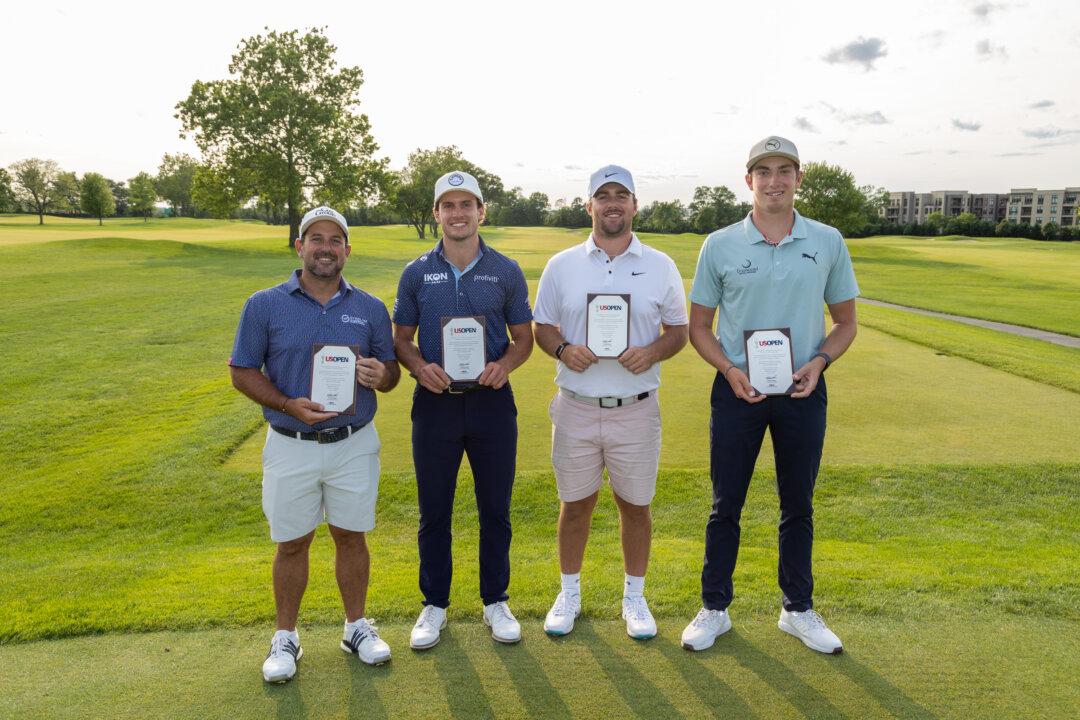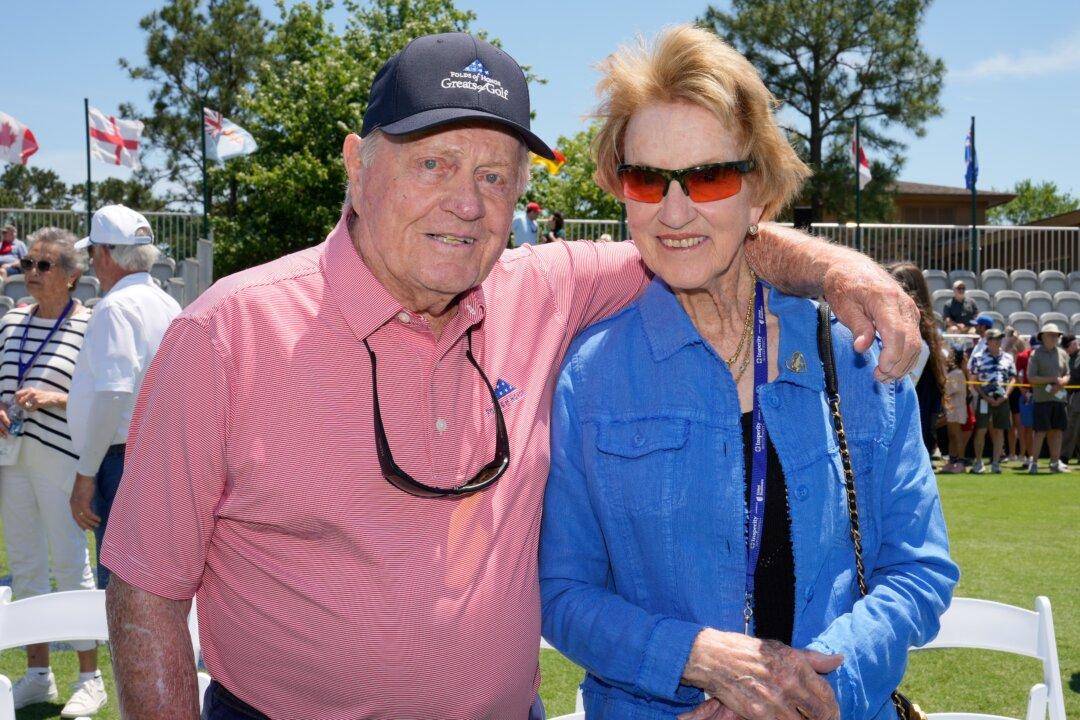Oakmont, PA—In 1973, a 26-year-old aspiring player named Johnny Miller created a golf buzz that still resonates today. Twenty-seven times players have since matched the score of 63 in a major championship but the one that still stands apart is the first one shot by the highly talented Californian in winning his first major—the U.S. Open at Oakmont.
What makes the round so historic is it was done at Oakmont—the poster child along with Winged Foot—in being the toughest examination of golf in America. The Pittsburgh-based course was created by the Fownes family as an uncompromising beast—ensuring even the slightest of errors would be punished severely.
Much has been written how Oakmont was receptive to low scores because of overnight rains that preceded the play of the final round in 1973, but only three other players broke 70 in the final round—23-year-old Lanny Wadkins with a 65 and Jack Nicklaus and Ralph Johnston with 68s. More over Miller’s 63 was done in the final round—something done only three other times. The important separation elevating Miller’s round was his was done in contention, the others were not. And, Miller is one of only six men to have ultimately won the actual major.






